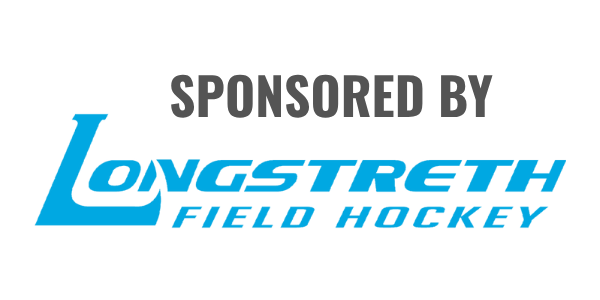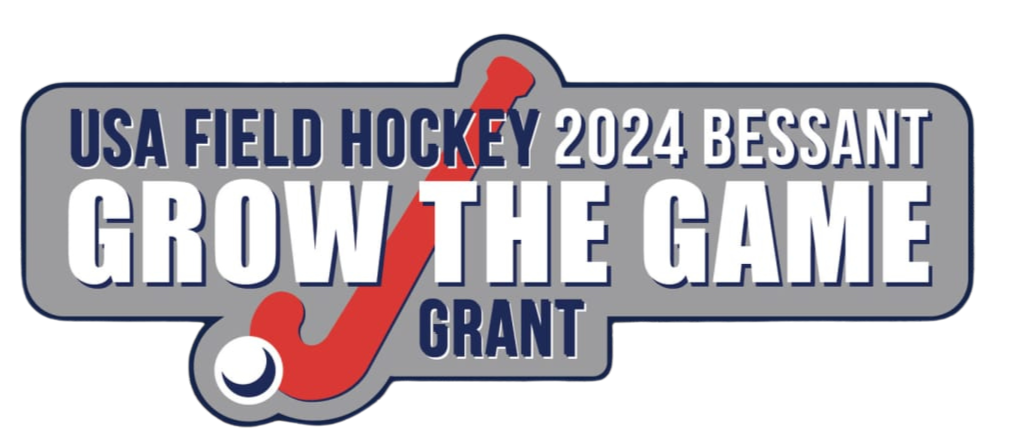FIELD HOCKEY 101
A Brief History of Field Hockey
Field hockey is one of the world’s oldest team sports, with stick-and-ball games dating back thousands of years in ancient Egypt, Greece, and Persia. The modern version of the game took shape in 19th-century England, where official rules were created and the sport spread across the globe. It was added to the Olympics in 1908 for men and 1980 for women, and today it’s played in over 100 countries, known for its speed, skill, and teamwork.
Field Hockey in the U.S.
In the United States, field hockey gained popularity in the early 1900s, especially at colleges and universities in the Northeast. While it has traditionally been seen as a sport for women in the U.S., field hockey is played by both men and women worldwide, and it continues to grow across all age groups here at home. USA Field Hockey, the sport’s national governing body, works to expand opportunities, support player development, and promote the game at every level—from youth programs to the U.S. Men’s and Women’s National Teams.
Today, field hockey is played in schools, colleges, clubs, and community programs across the country. With its focus on speed, strategy, and teamwork, it is a sport that builds not only athletic skill but also lifelong friendships and character. Programs like Warrior Youth Field Hockey are part of this growing movement, introducing the game to new generations of players and helping expand its presence nationwide
Field Hockey 101: How the Game Works
The Field
- Goals are located at each end, measuring 7 feet high by 12 feet wide.
- The shooting circle (or “D”) around each goal is where players must be to legally take a shot.
- A standard field hockey pitch is 100 yards long and 60 yards wide.
Players & Positions
Each team has 11 players on the field:
- Goalkeeper: Protects the goal using specialized pads and a helmet.
- Defenders: Protect their half of the field and stop opposing attacks.
- Midfielders: Connect defense and offense, helping both ends of the field.
- Forwards/Attackers: Focus on creating scoring opportunities and taking shots on goal.
Basic Rules
- Players use only the flat side of the stick to play the ball.
- Dribbling, passing, and shooting are key skills for moving the ball up the field.
- Games are played in four quarters, with substitutions allowed throughout and a running clock with brief breaks in between quarters or halves.
- Only inside the shooting circle can a player take a shot on goal.

Youth Modifications
For younger athletes, smaller fields, shorter game times, and simplified rules help focus on learning skills safely. Emphasis is on fun, participation, and building confidence, while introducing teamwork and strategy.

Field Hockey Gear Checklist
Every Player Needs:
- Stick – the right size for your height
- Shin guards – protect your legs
- Mouthguard – protect your teeth
- Gloves (optional) – extra hand protection
- Water Bottle
Footwear & Clothing
- Turf shoes or cleats (indoor shoes for indoor hockey)
- Game Jersey & black shorts or skirt
- Long socks to cover shin guards
Learn more here:
Game Play
| Team Age Group | Field Size | Goal Size | Field Players | Game Format | Corners | Free Hits | Subs |
| 1/2 | Half Regulation Field – 60 yards x 35-40 yards | Small pop-up (non-regulation) | 7v7 no Goalie | (2) 20 min running Halves with a 5 min Halftime | No Corners played | No Self Starts | Allowed any time during game |
| 3/4 | Half Regulation Field – 60 yards x 35-40 yards | Regulation Goals 7’H x 12’W x 4’D | 8v8 7 field plus Goalie | (2) 20 min running Halves with a 5 min Halftime | No Corners played | Self Start allowed | Allowed anytime during game |
| 5/6 | Full Regulation Field | Regulation Goals 7’H x 12’W x 4’D | 11v11 10 field plus Goalie | (4) 10 min Quarters with 2 mins between each qtr. | Corners Allowed | Self Start Allowed | Allowed anytime during game |
| 7/8 | Full Regulation Field | Regulation Goals 7’H x 12’W x 4’D | 11v11 10 field plus Goalie | (4) 12 min Quarters with 2 mins between each qtr. | Corners Allowed | Self Start Allowed | Allowed anytime during game |









